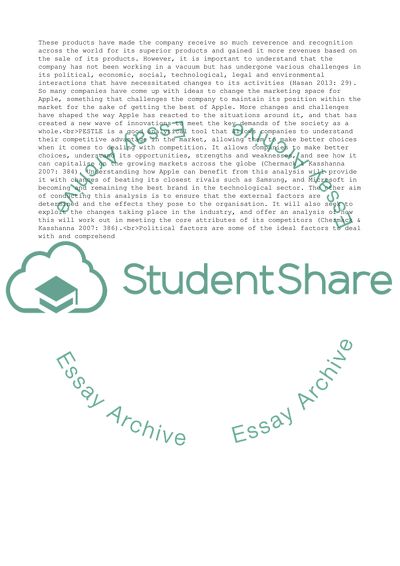Cite this document
(Organisation in Context Assignment Essay Example | Topics and Well Written Essays - 2000 words, n.d.)
Organisation in Context Assignment Essay Example | Topics and Well Written Essays - 2000 words. https://studentshare.org/business/1874199-organisation-in-context-assignment
Organisation in Context Assignment Essay Example | Topics and Well Written Essays - 2000 words. https://studentshare.org/business/1874199-organisation-in-context-assignment
(Organisation in Context Assignment Essay Example | Topics and Well Written Essays - 2000 Words)
Organisation in Context Assignment Essay Example | Topics and Well Written Essays - 2000 Words. https://studentshare.org/business/1874199-organisation-in-context-assignment.
Organisation in Context Assignment Essay Example | Topics and Well Written Essays - 2000 Words. https://studentshare.org/business/1874199-organisation-in-context-assignment.
“Organisation in Context Assignment Essay Example | Topics and Well Written Essays - 2000 Words”. https://studentshare.org/business/1874199-organisation-in-context-assignment.


